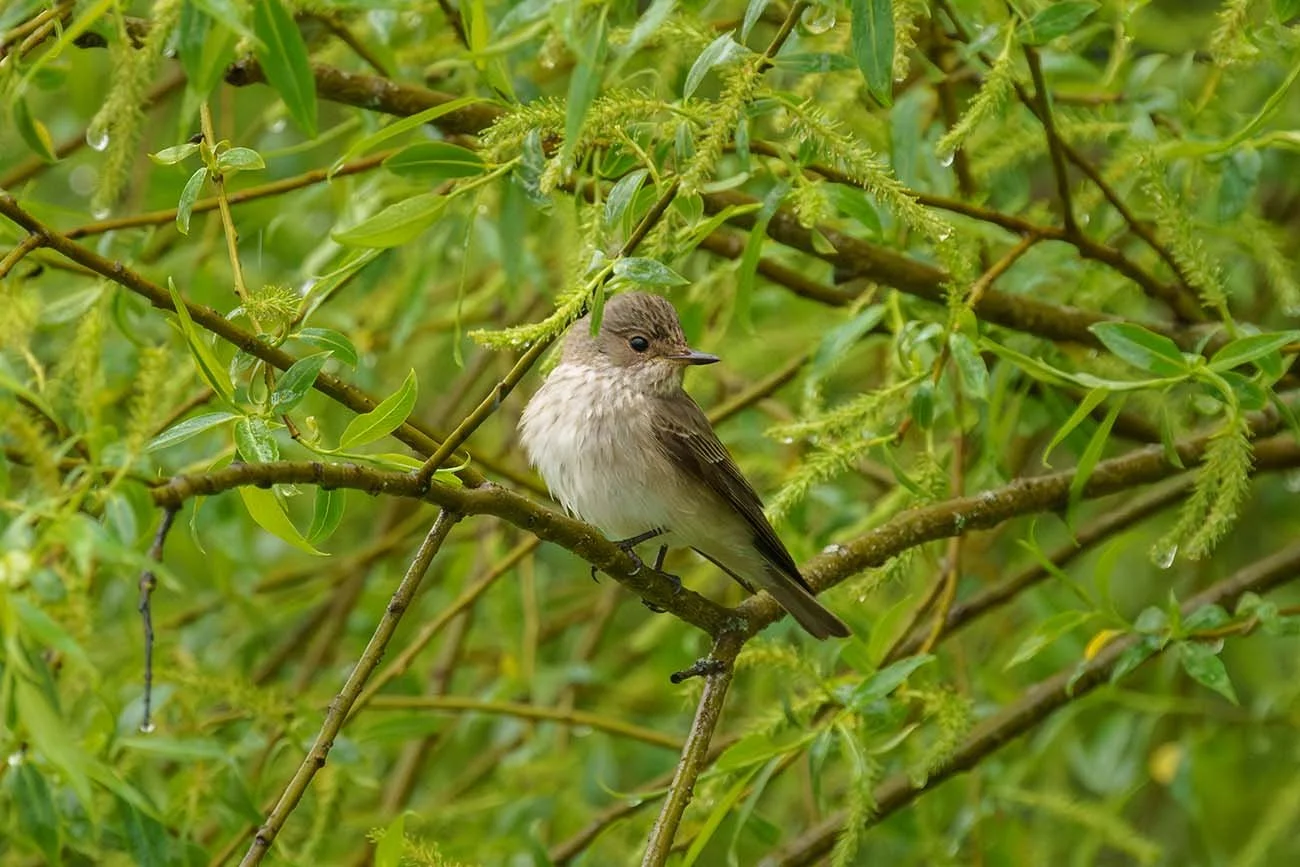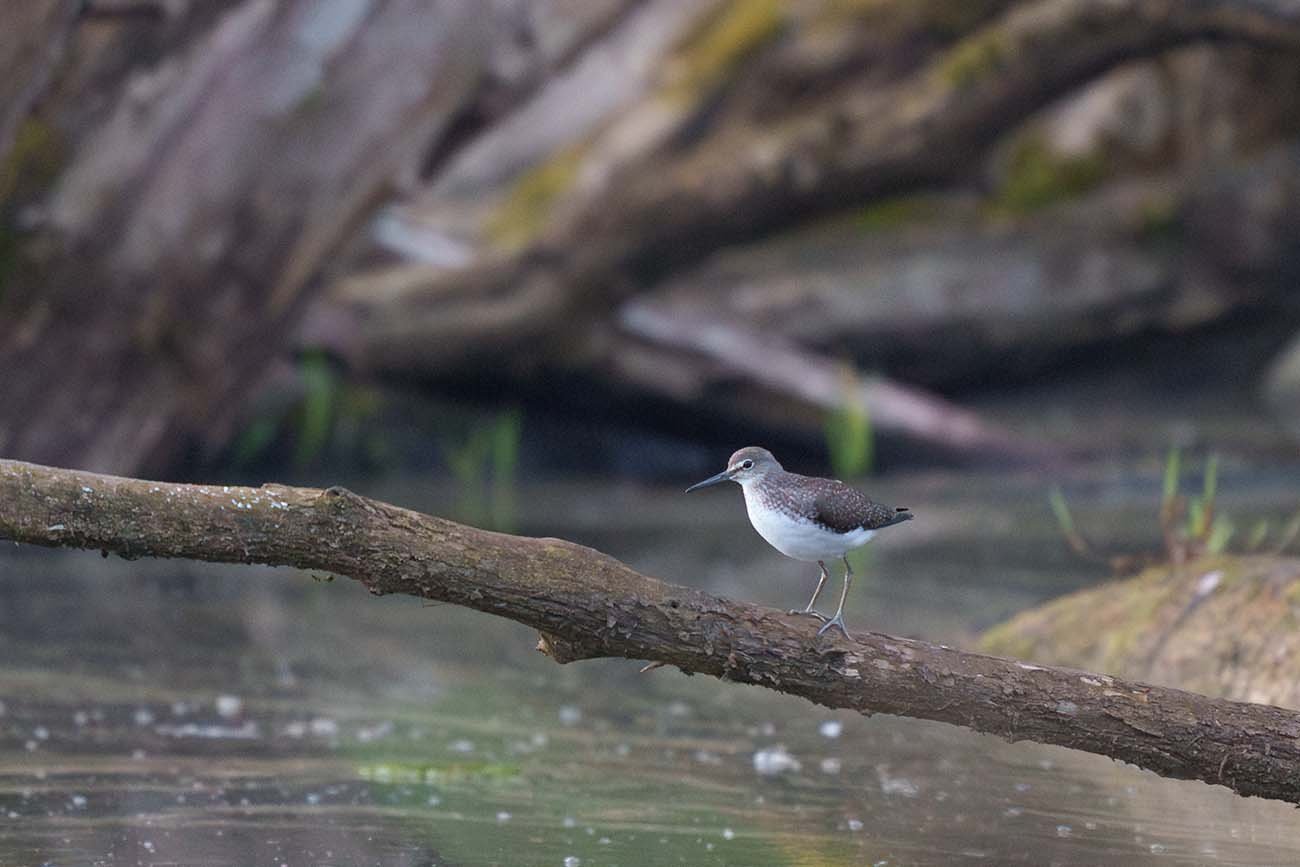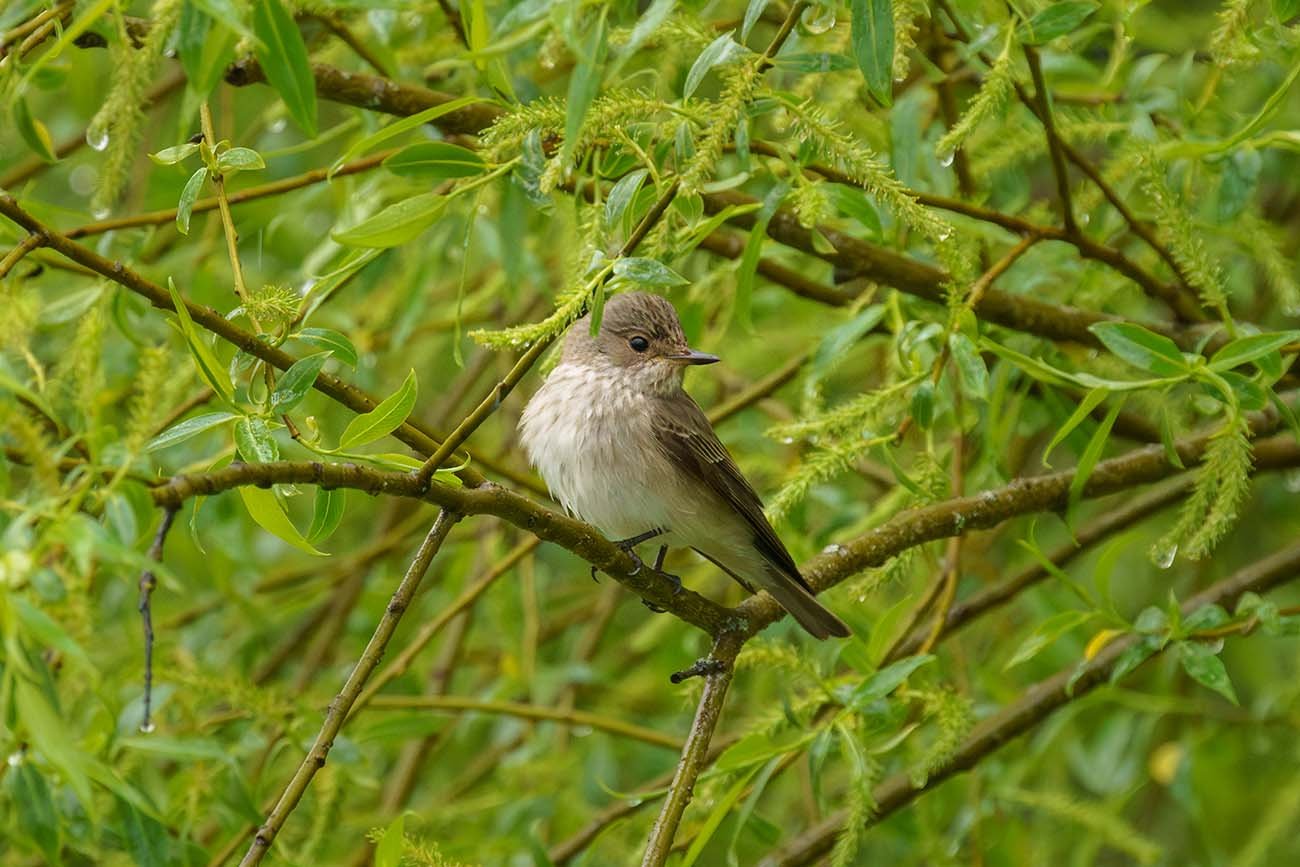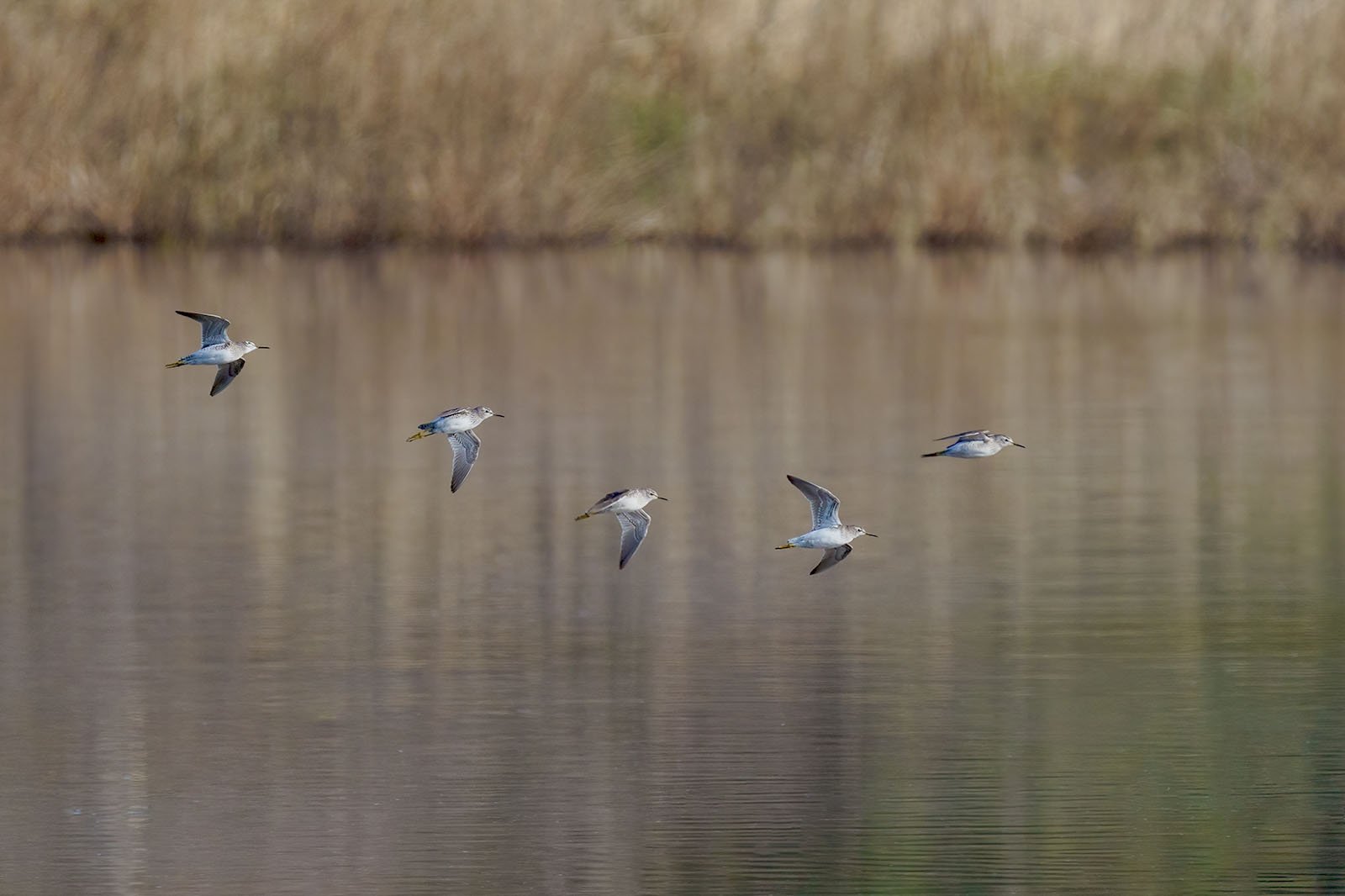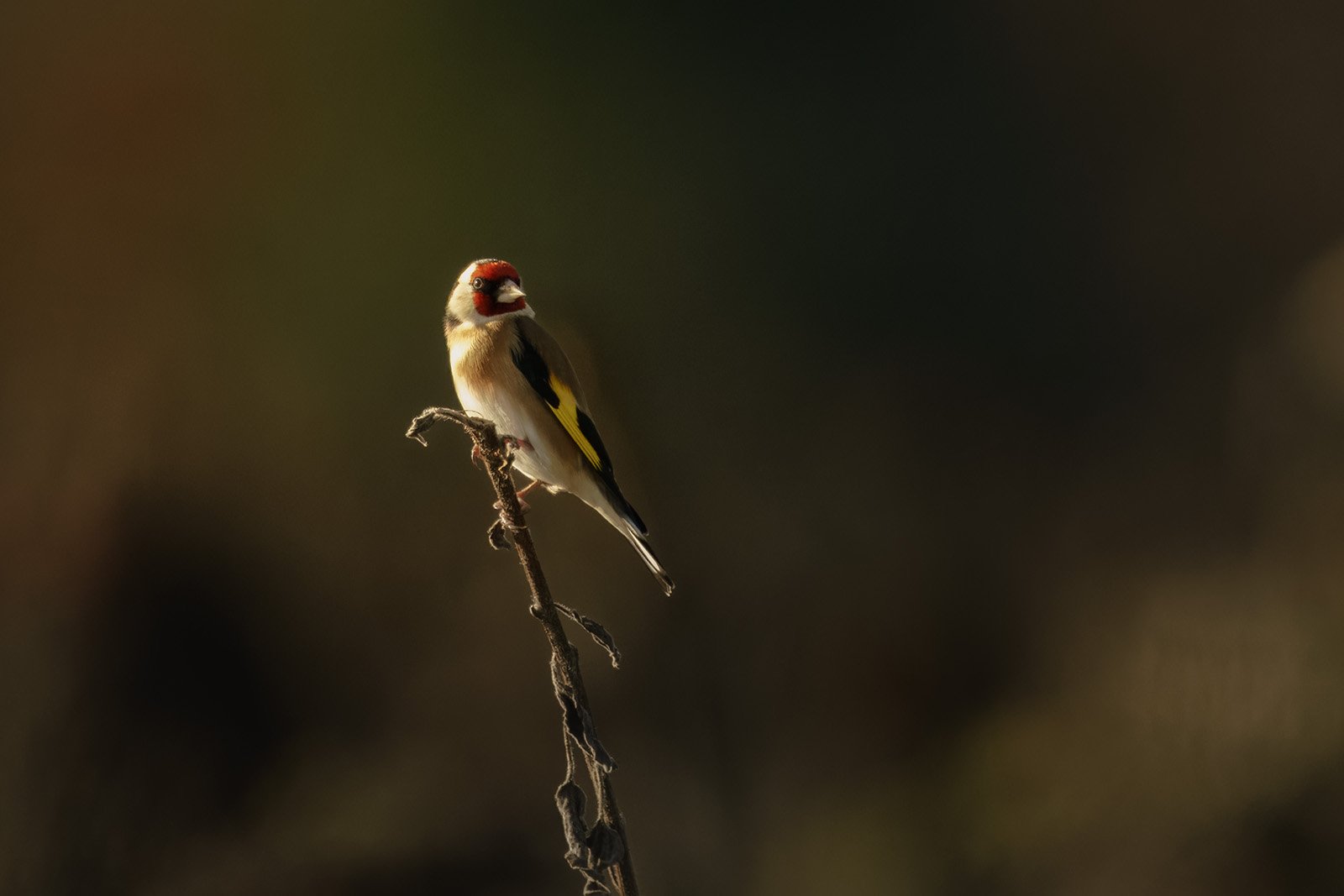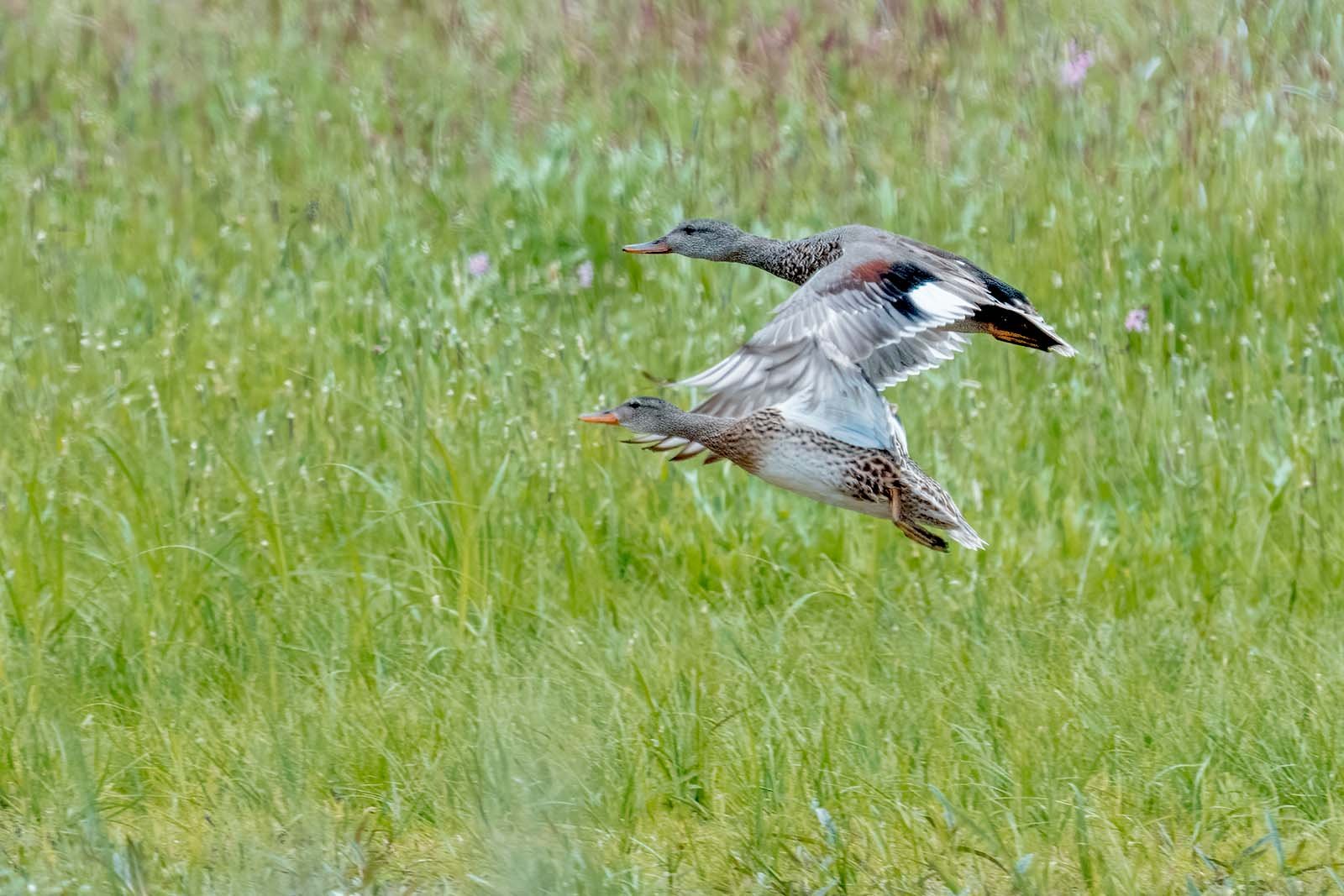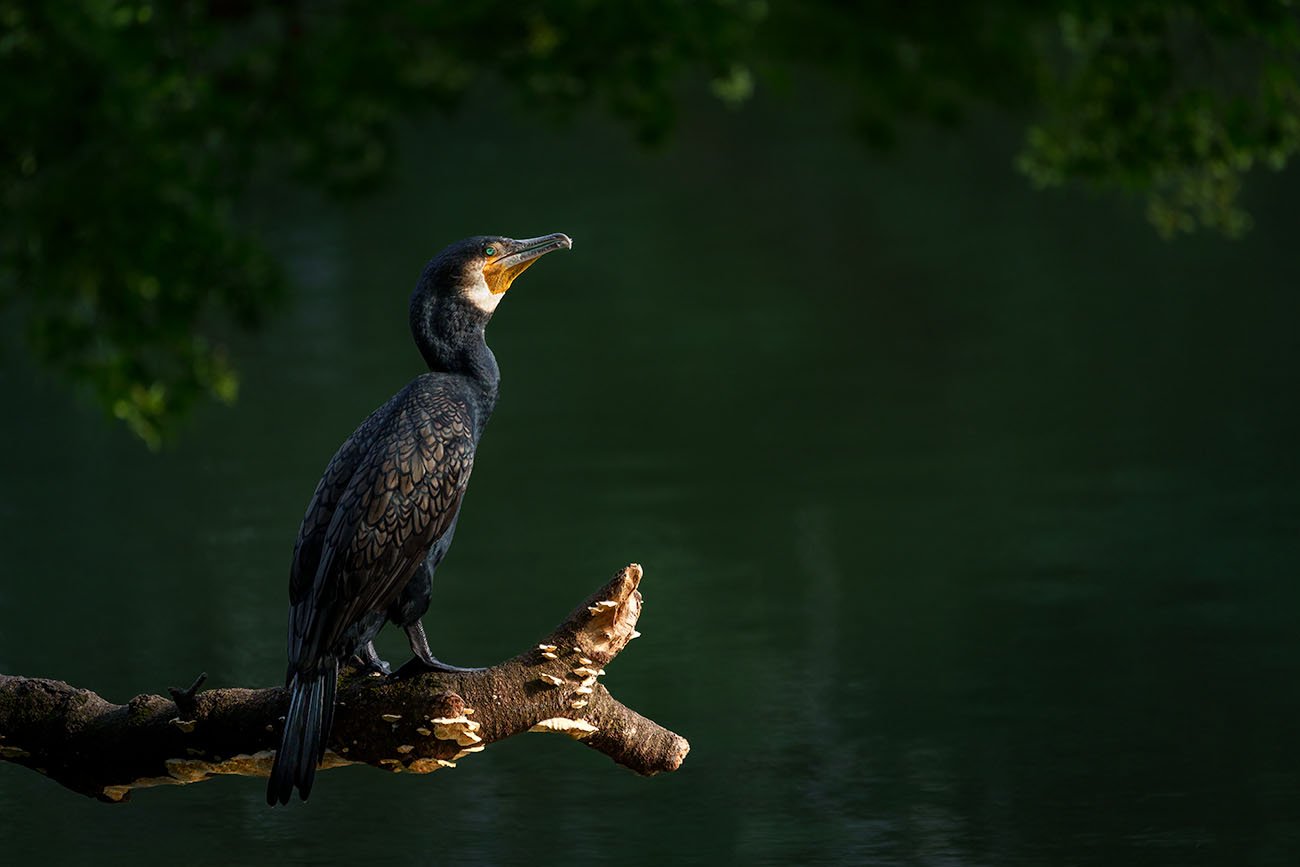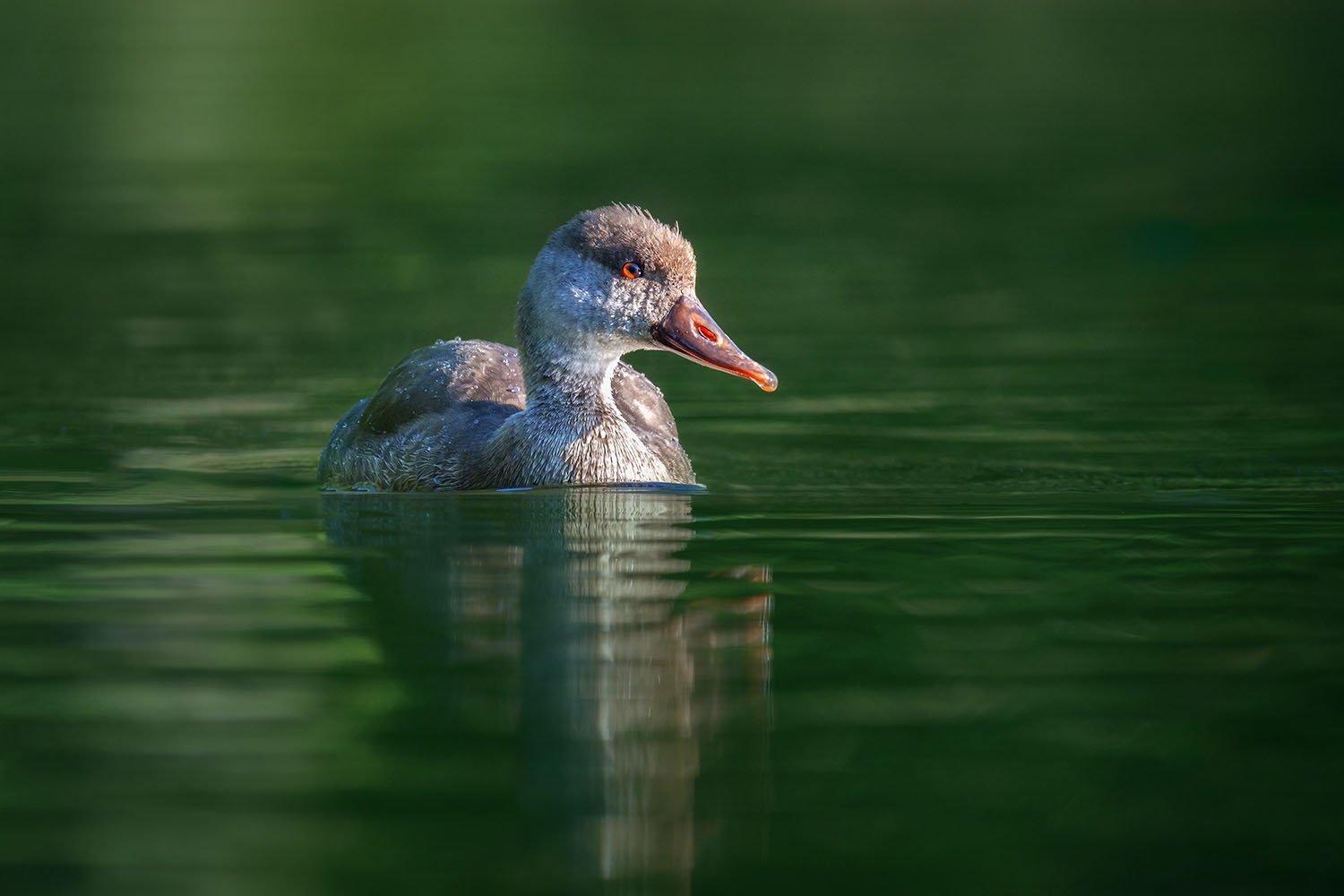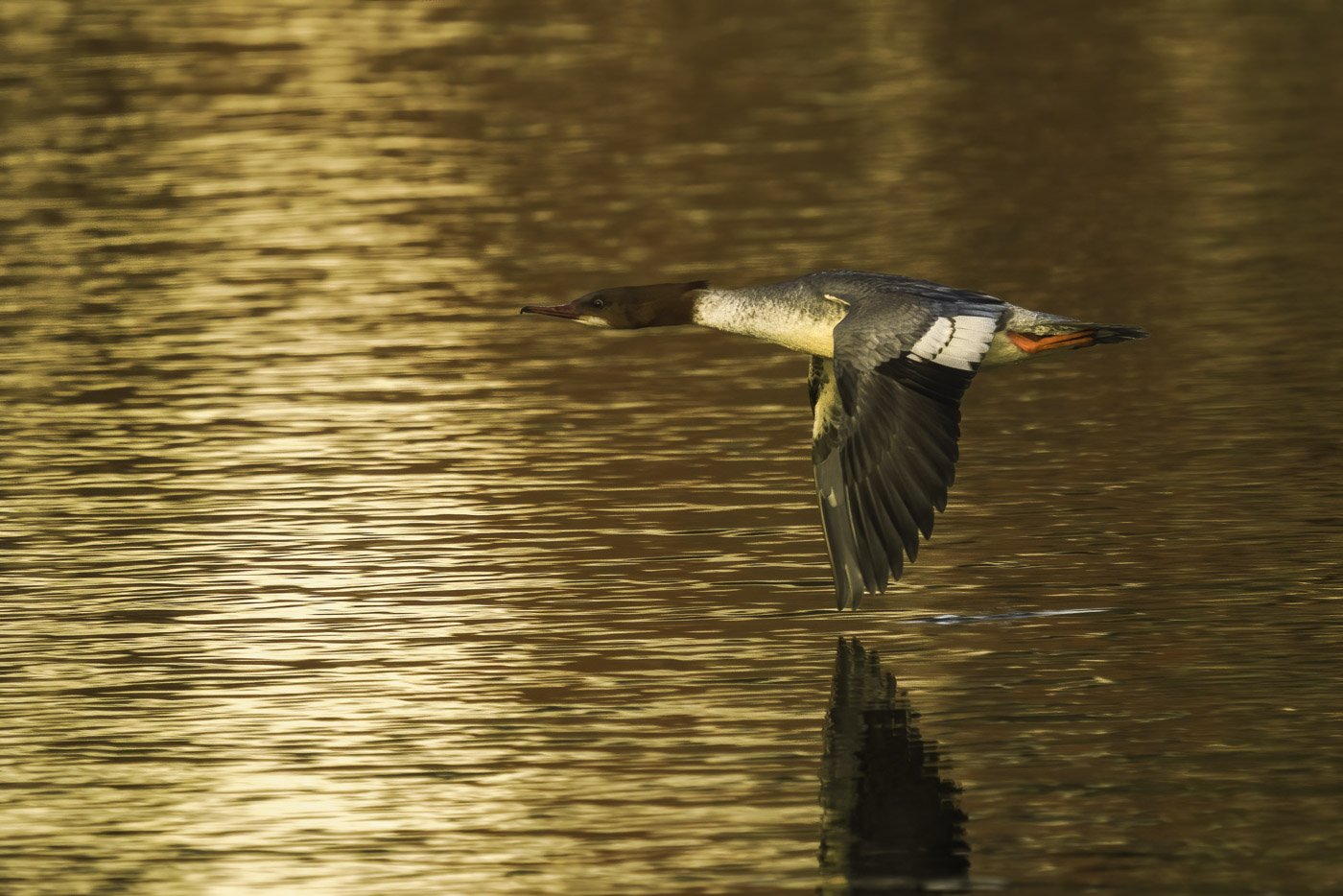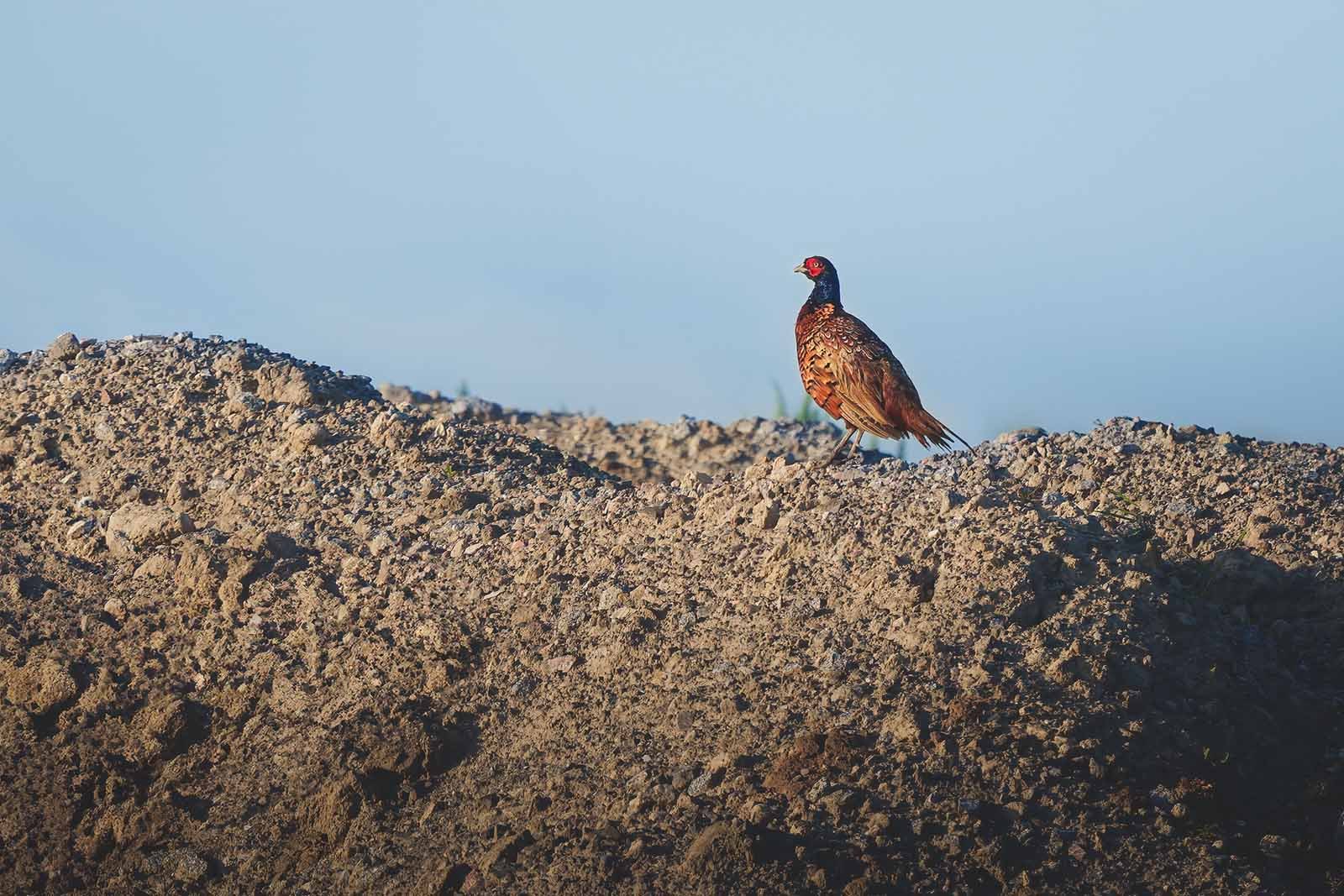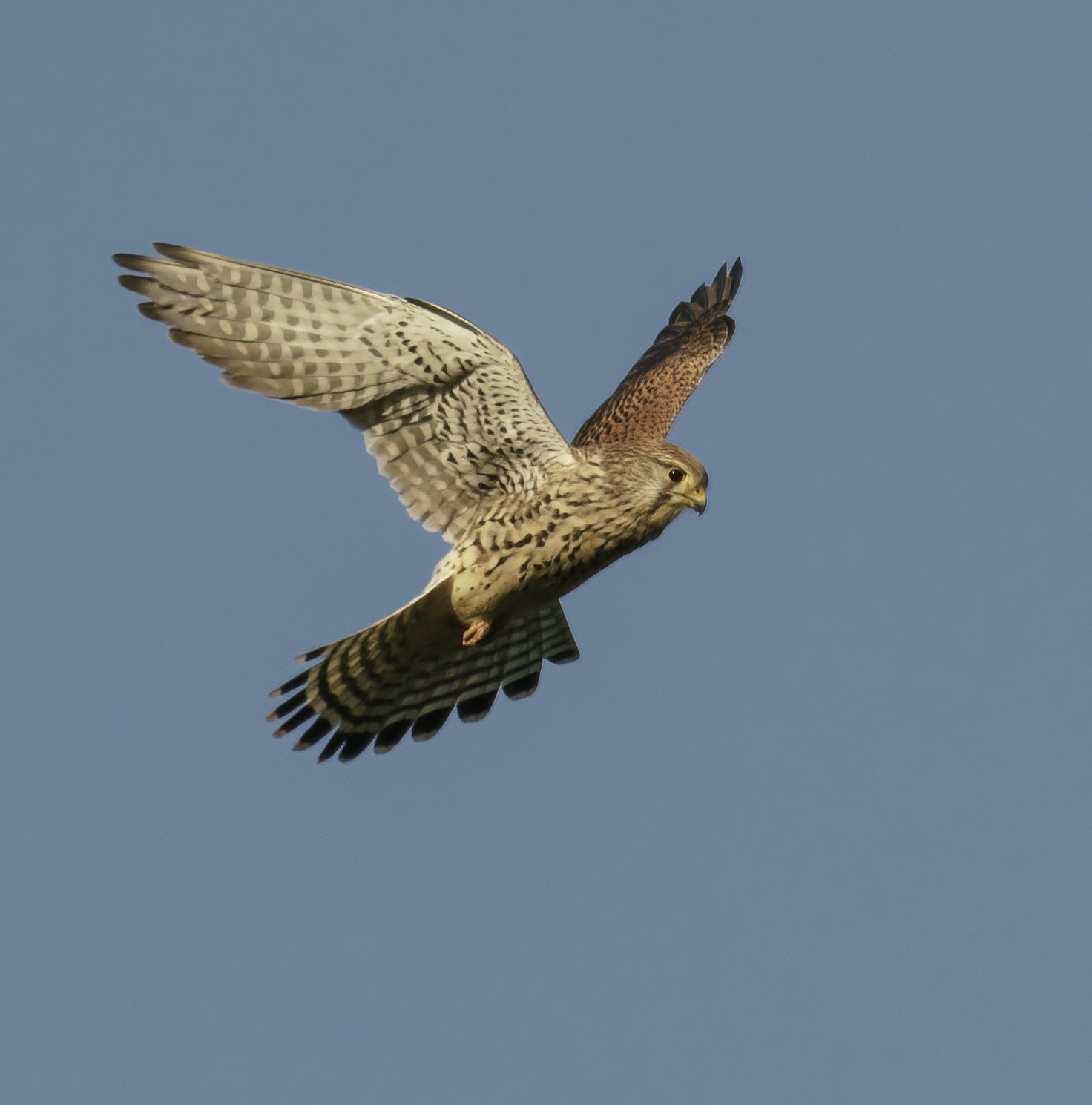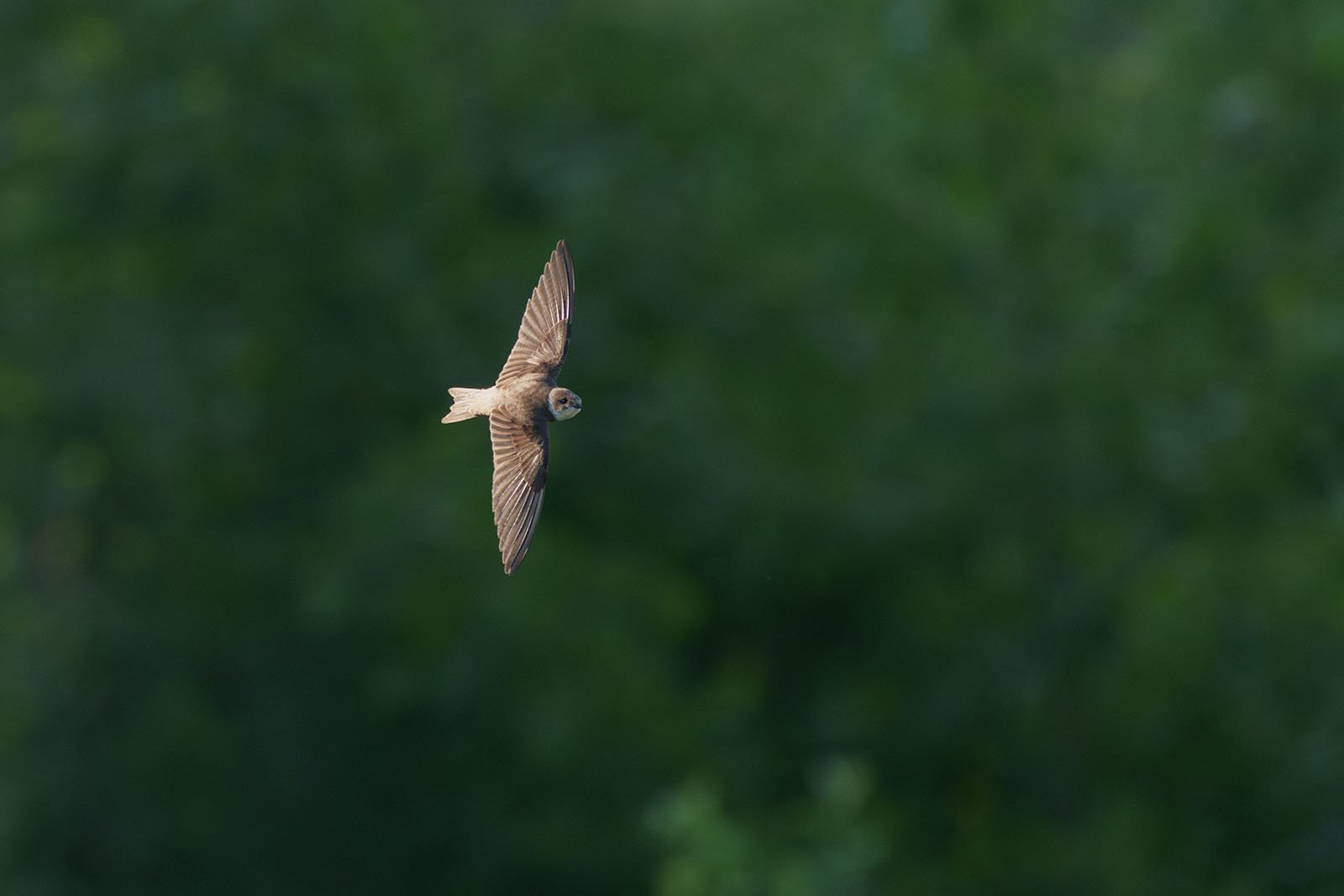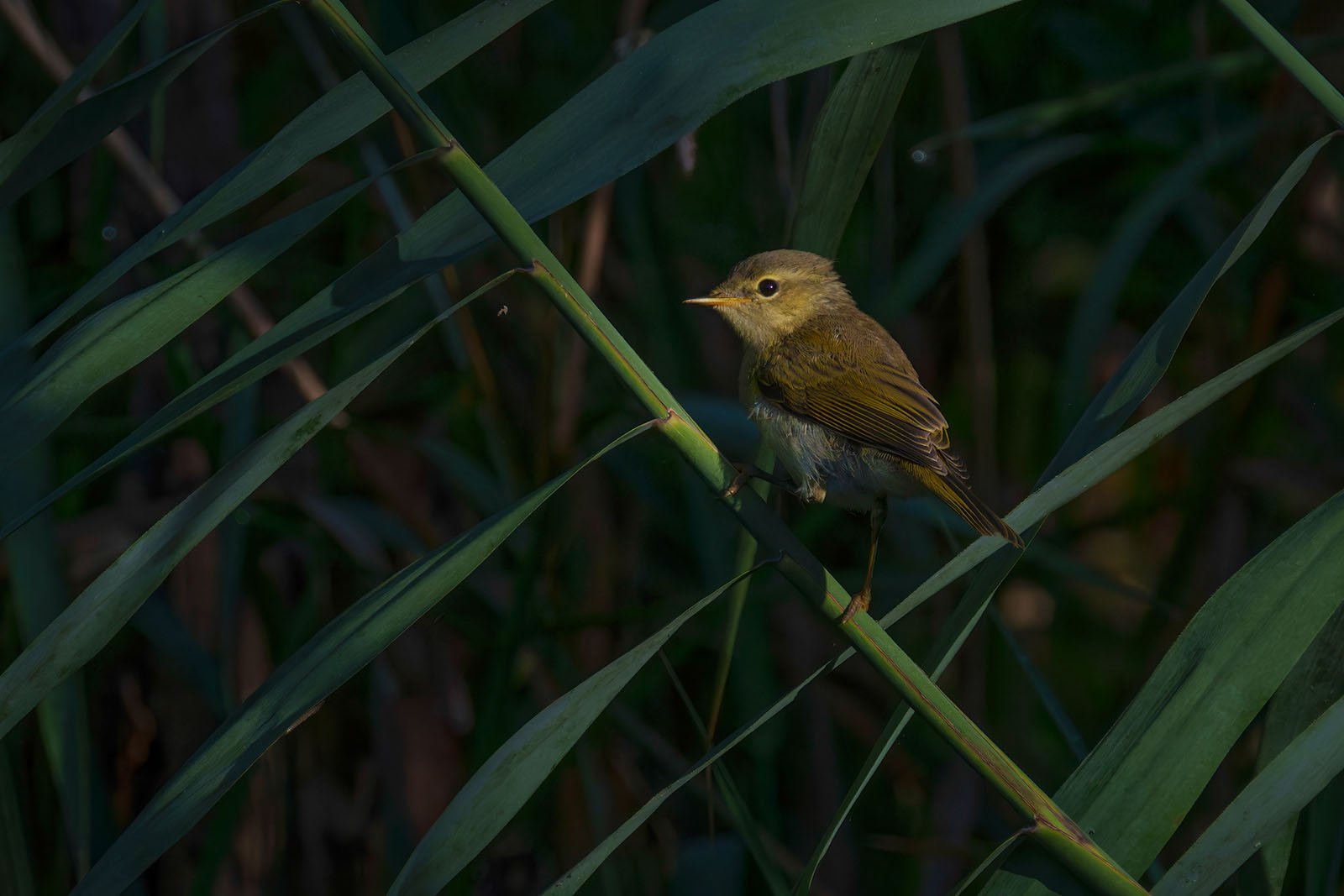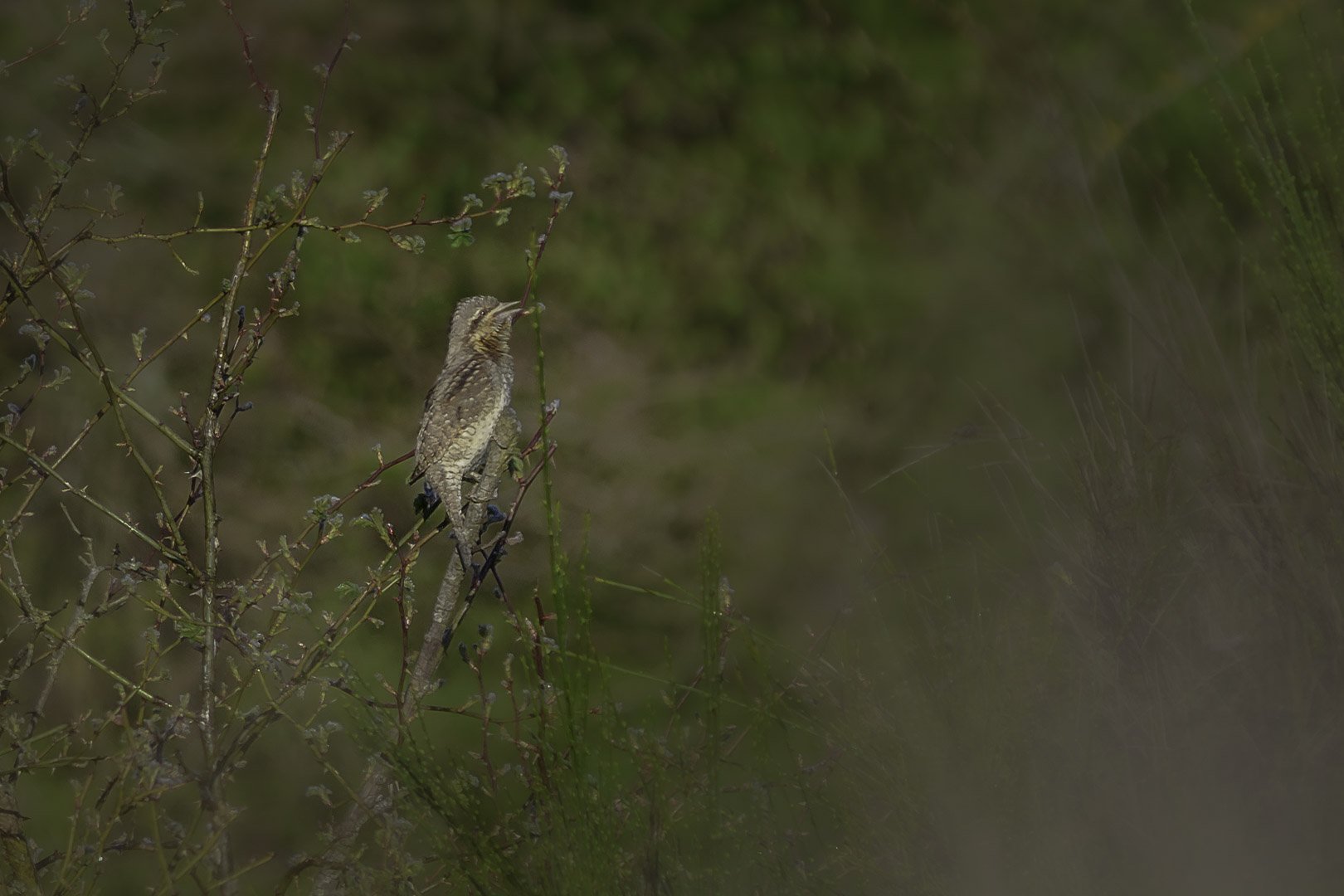Spotted flycatcher (Muscicapa striata)
Spotted flycatcher (Muscicapa striata)
Spotted Flycatcher – The Subtle Aerial Hunter
The spotted flycatcher (Muscicapa striata) is a small, inconspicuous bird with impressive aerial hunting skills. Learn more about its appearance, behavior, and habitat.
Shortlist
- Size: 13.5–15 cm (5.3–5.9 in)
- Weight: 14–20 g (0.5–0.7 oz)
- Appearance:
- Grayish-brown upperparts, whitish underside with fine streaks
- Large, dark eyes
- Juveniles with pale spots on the upperparts
- Habitat: Open woodlands, parks, cemeteries, gardens with mature trees
- Diet: Flying insects (mosquitoes, butterflies, dragonflies, wasps), berries in late summer
- Breeding: Nest in half-cavities, often behind bark or in ivy
- Call: High-pitched "tziit," alarm call "tziekzk"
Key Facts About the Spotted Flycatcher
- Scientific name: Muscicapa striata
- Family: Old World Flycatchers (Muscicapidae)
- Order: Passerines (Passeriformes)
- Distribution: Europe, Asia, North Africa
- Migration: Long-distance migrant, winters in Africa
- Conservation status: Declining due to habitat loss
Table of Contents
- Introduction
- Appearance and Identification
- Habitat and Distribution
- Diet and Hunting Behavior
- Breeding and Nesting
- Behavior and Vocalizations
- Migration
- Threats and Conservation
- FAQ – Frequently Asked Questions
Introduction
The spotted flycatcher is an unassuming songbird, yet its exceptional hunting technique makes it a fascinating species to observe. With rapid, precise aerial maneuvers, it catches insects directly from the air.
Its grayish-brown and white plumage provides excellent camouflage, allowing it to blend into its surroundings. It often perches on a branch, patiently scanning the air for prey before launching into action.
Appearance and Identification
This small bird has a slender body and a subtle color pattern that helps it remain inconspicuous.
Plumage and Markings
- The upperparts are grayish-brown with a slightly streaked appearance, depending on the light.
- The underparts are whitish with fine dark streaks, particularly on the chest and throat.
- Juveniles have a speckled pattern with pale spots on the upperparts.
Head and Eyes
- The head is rounded, with a slightly pointed crown.
- Its large, dark eyes help it track fast-moving insects in flight.
Bill and Legs
- The bill is short but sturdy, slightly flattened on the sides, adapted for catching flying insects.
- The legs are dark gray and relatively long for a small songbird.
Habitat and Distribution
The spotted flycatcher prefers open landscapes with scattered trees.
Preferred Habitats
- Deciduous and mixed forests with clearings
- Parks, cemeteries, and gardens with mature trees
- Mountain regions up to 2,000 meters (6,500 feet) elevation
Distribution
- Breeding range: Europe, Western and Central Asia, North Africa
- Wintering range: Africa, south of the Sahara
As a long-distance migrant, the spotted flycatcher spends the winter in warm African regions before returning to its breeding grounds in spring.
Diet and Hunting Behavior
The spotted flycatcher feeds almost exclusively on insects, which it catches in mid-air.
Main Diet
- Flying insects such as mosquitoes, gnats, and hoverflies
- Butterflies, dragonflies, and wasps
- In late summer, berries become an important food source
Hunting Technique
- Perches on an open branch, scanning for flying insects
- Launches into quick, agile flights to catch prey mid-air
- Often returns to the same perch after each hunt
Breeding and Nesting
The breeding season begins in May.
- The nest is built in half-cavities, such as behind peeling bark, in ivy, or on building ledges.
- Special nest boxes with an open front are also readily used.
- The nest is made of twigs, grasses, moss, and lichen.
- A typical clutch contains four to six eggs, which the female incubates for 12–14 days.
After hatching, the young birds are fed by both parents for about two to three weeks before leaving the nest.
Behavior and Vocalizations
The spotted flycatcher is known for its characteristic hunting behavior, frequently returning to the same perch.
Vocalizations
- Song: A series of soft, high-pitched notes mixed with trills.
- Call: A sharp, high-pitched "tziit."
- Alarm call: A rapid “tziekzk,” used when disturbed.
Migration
- In late summer, spotted flycatchers migrate south to Africa.
- They travel mostly at night to avoid predators.
- By April or May, they return to their breeding grounds.
During migration, they stop at locations with plentiful food sources to refuel for the journey.
Threats and Conservation
Threats
- Loss of suitable habitats due to intensive agriculture
- Declining insect populations due to pesticide use
- Fewer mature trees with natural nesting sites
Conservation Measures
- Encouraging insect-friendly gardens and wildflower meadows
- Preserving old trees and hedgerows for nesting
- Installing special open-front nest boxes for flycatchers
FAQ – Frequently Asked Questions
How do you identify a spotted flycatcher?
By its slim body, grayish-brown upperparts, and habit of perching before flying out to catch insects.
When can you see spotted flycatchers in Europe?
From April to September, before they migrate to Africa for the winter.
What does the spotted flycatcher eat?
Primarily flying insects such as mosquitoes, butterflies, and wasps, with berries as a secondary food source in late summer.
How can you help spotted flycatchers?
By providing nest boxes with an open front and maintaining insect-rich habitats.
Conclusion
The spotted flycatcher may seem unremarkable at first glance, but its incredible aerial hunting skills make it a fascinating bird to observe. With careful attention, birdwatchers can witness its agile flights and precise insect-catching maneuvers.

